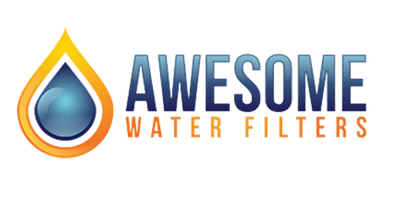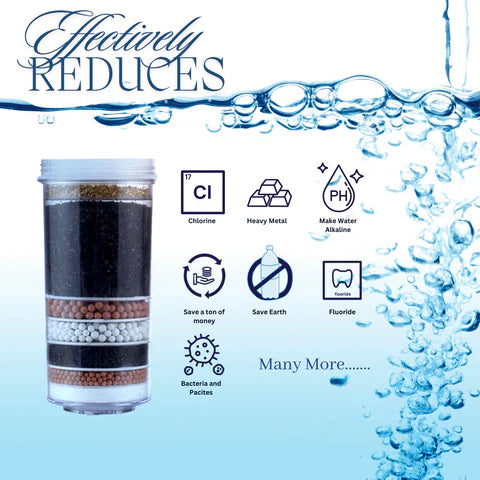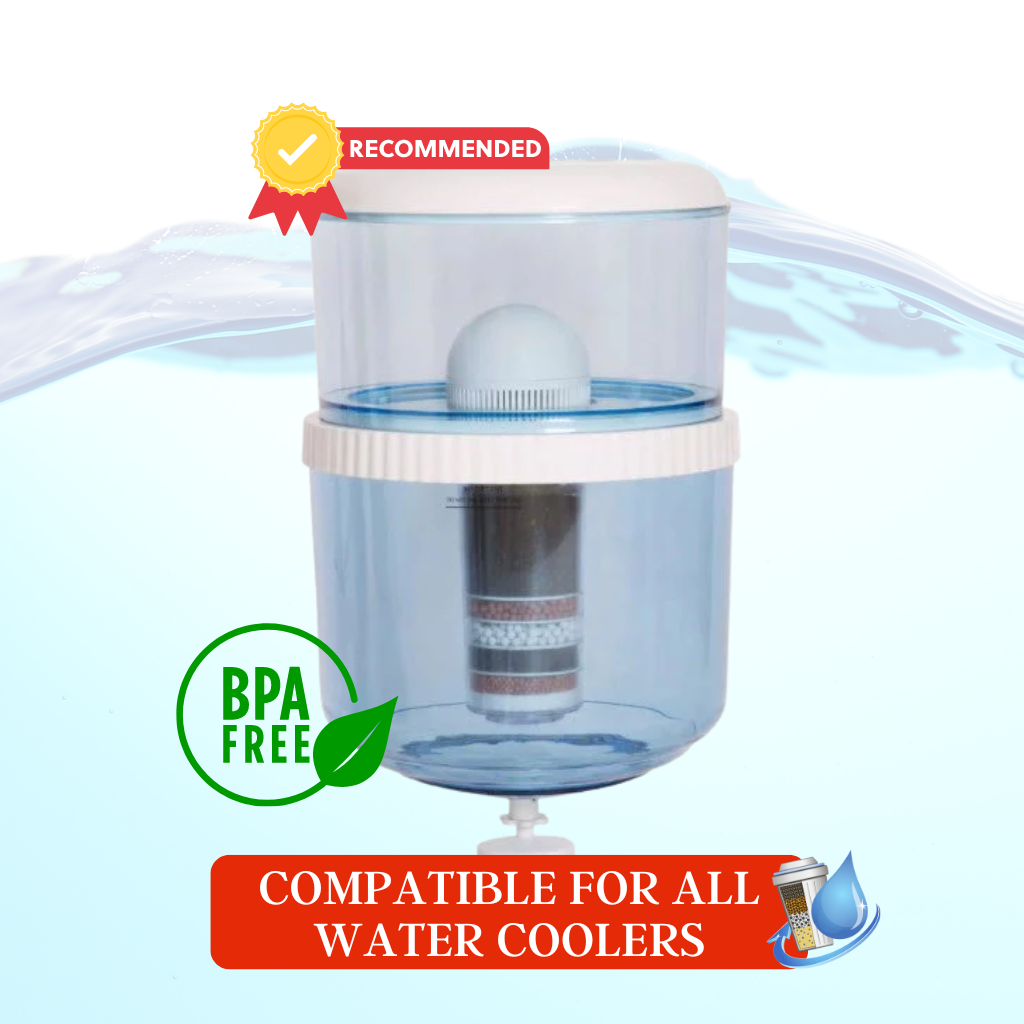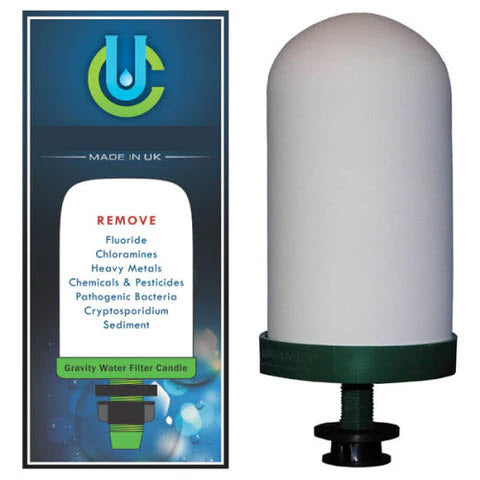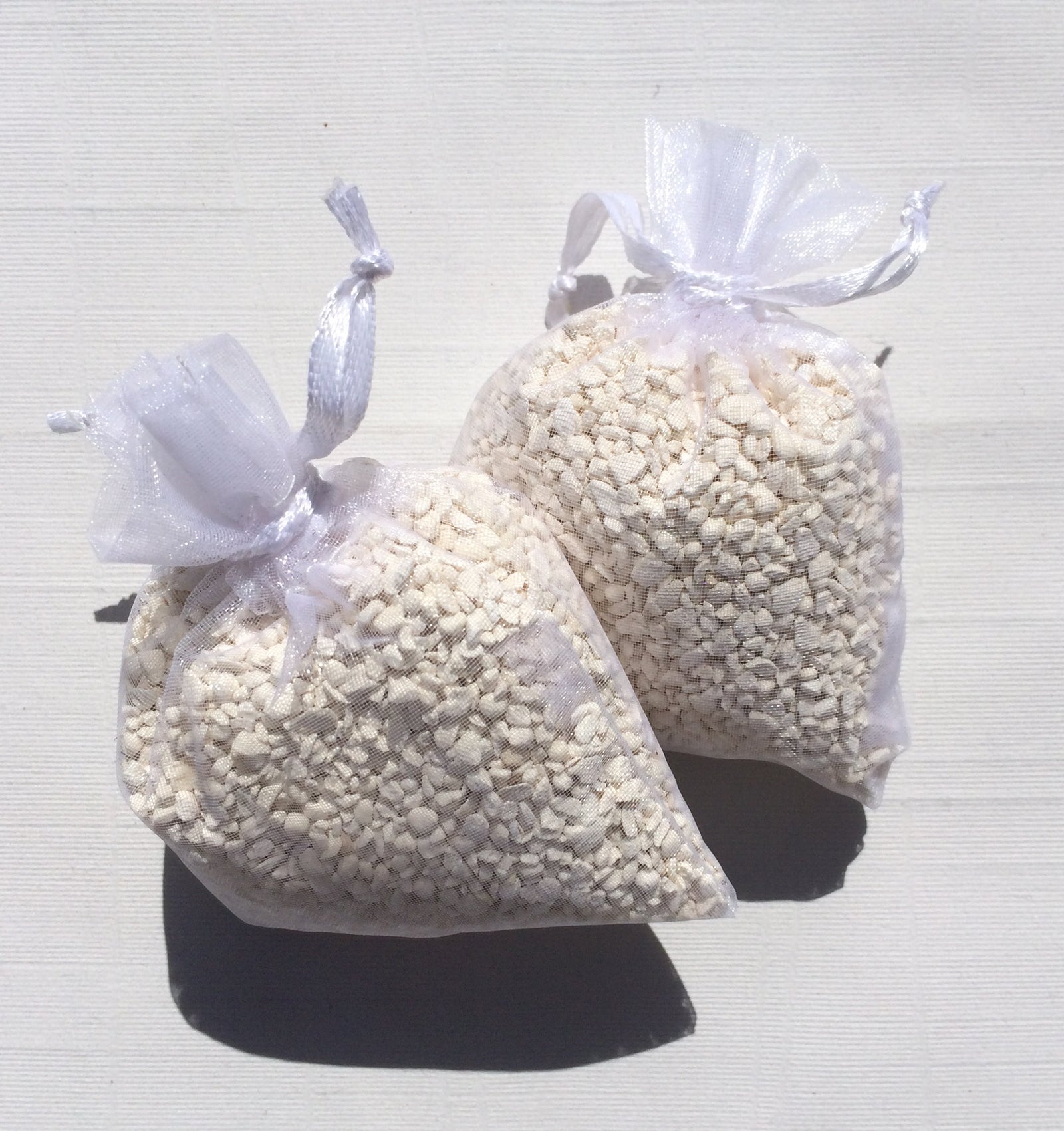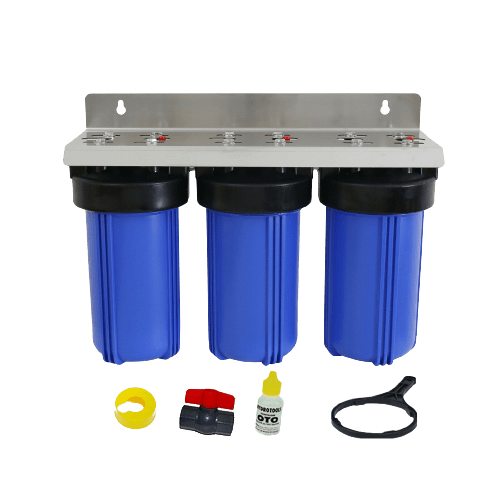Delivered quickly and they were easy to replace.
Great Awesome Deals! Fast Shipping Across Australia!
Menu
-
- Personalised Water Filter Order & Invoice Assistance
-
Water Coolers
-
Water Filters & Purifiers
- Water Cooler Spare Parts
-
Water Filter System
- Water Filter Cartridges
- Water Filter Jug
- Water Bottle
- Benchtop Water Filter
- Water Distiller
- Replacement Water Filter Cartridges Guide
-
Locations
- Awesome Water Filters in Adelaide
- Awesome Water Filters in Darwin
- Awesome Water Filters in Hobart
- Awesome Water Filters in Brisbane
- Awesome Water Filters in Gold Coast
- Awesome Water Filters in Wollongong
- Awesome Water Filters in Sydney
- Awesome Water Filters in Melbourne
- Awesome Water Filters in Perth
- Awesome Water Filters in Canberra
-
- Home
- FAQ
- Contact Us
- Shipping | Return | Refund | Warranty
- Install it with Airtasker
- Awesome News
- 1-800-789-781
- Login
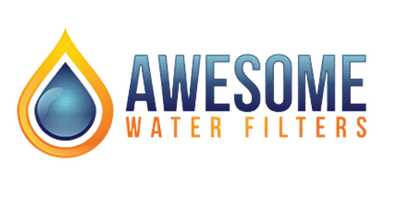
Great Awesome Deals! Fast Shipping Across Australia!
How To Filter Water and Find The Best For You!
August 05, 2021 8 min read

Water is necessary for survival. If you only acquire one survival skill, it should be how to filter and purify water to be safe to drink. You never know when you’ll find yourself alone in the woods with dirty water. Ideally, that won’t happen, but it can. How to filter water the smart way gives us an edge to surviving the worst-case scenarios of our lives.
You may go for several weeks without eating since your body will gradually adjust to using stored fat and protein for energy. However, if you don’t have a water source, you will perish within days. It’s as basic as that: water equals life. H2O makes up about two-thirds of your body. Even your bones, which you may believe to be fully solid, contain approximately 25% water. We need 2.4 liters of water each day on average to stay healthy. Given the importance of water in our lives, it’s no surprise that we prefer it to be clean, pure, and palatable. One of the few reasons people spend so much money on water filters to remove any dangerous contaminants is this. What are they, and how do they work? Do we need them?
HOW TO FILTER AT HOME, OFFICE, or BUSINESS ESTABLISHMENTS
Types of Water Filters and How It Filters Water
Water filters are available in a variety of shapes and sizes. The following solutions may be worth considering depending on your filtration demands, lifestyle preferences, and price.
Reverse Osmosis
Water filters and purification systems come in different shapes and sizes. Depending on your filtration needs, budget, and lifestyle preferences, the following options may be worth investigating.
Water goes through a membrane that filters away molecules that are physically bigger than the water molecules in reverse osmosis. It’s common in municipal tap water. Although reverse osmosis is excellent at removing minerals, it is ineffective at eliminating chlorine or volatile organic compounds (VOCs). Several reverse-osmosis devices pair with pre-filters and carbon filters to overcome this issue. Reverse-osmosis filters are costly and inefficient, wasting one to three gallons of water for every gallon filtered.
Activated Carbon
Adsorption is a physical process in which particles in water are removed by sticking to the surface of the filter material. These filters usually use carbon, which comes in granulated or powdered form. They’re the most prevalent filters on the market, and they come in a variety of sizes and configurations, including pitchers and faucet-mounted systems. They generally reduce the most common contaminants present in municipal water. It includes dissolved volatile organic chemicals (VOCs) like pesticides, insecticides, and herbicides. It also filters chlorine and chlorine byproducts. Carbon adsorption filters are often effective at removing unpleasant odors and tastes.
Water Softeners
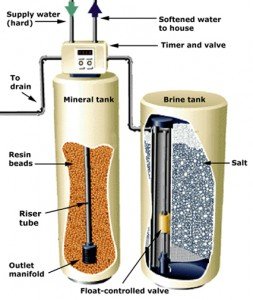
Water softeners use an ion-exchange mechanism to eliminate hard metals (like lead) in water. Sodium ions replace hard metal ions as water flows through an ion exchange unit, becoming “softer” and saltier. Potassium chloride water softeners work similarly to sodium chloride softeners without adding salt to the water, making them a preferable alternative for some applications, such as watering plants. Adsorption or reverse-osmosis filters usually join with this technology.
Distillation
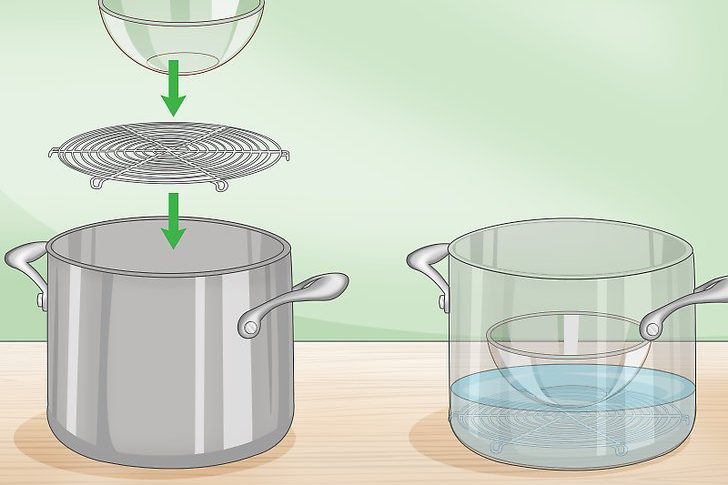
Water distillers convert water to steam, which is then gathered and restored to its liquid state. When water evaporates, contaminants are left behind. As a result, distillation is extremely effective in removing the majority of minerals and germs. Some distillation units, on the other hand, do not emit VOCs. Distillation also uses more energy to heat the water than other procedures.
Ultraviolet Treatment
UV light is used in this treatment to eliminate bacteria that may be present in the water. The National Sanitation Foundation International has validated UV therapy as the only method for reducing microorganisms.
How To Filter Water: Other Types of Water Filtering
Whole House Filters
Point-of-entry filters, often known as “whole-house” filters, are installed directly in the water main and filter all of the water in a home, including the kitchen, laundry, and bathrooms. These filters have a long lifespan and are a low-cost solution to remove domestic water sediment, rust, and chlorine. Most, however, will not remove the majority of other pollutants. They also need to be installed by a specialist.
Countertop Water Filters
Countertop filters are ideal for purifying huge amounts of water without requiring any plumbing modifications. They’re less prone to clog than carafe or faucet-mounted filters, but they take up space on the counter and aren’t compatible with all faucets.
Pour-Through Filters
The most basic water filters are carafe or “pour-through” filters. The filter is inside the pitcher that may be kept in the fridge. Carafes are low-cost and simple to use. On the other hand, the filters have a limited lifespan and can only filter a small volume of water at a time.
Plumbed-In Filters
Filters that are plumbed-in are attached to an existing water line. It usually fits beneath the sink (thus, the name “under-sink” filters). You can connect it to a current sink faucet, including drilling a hole in the countertop or having their tap. These filters are ideal for purifying huge amounts of water without requiring any changes to the existing faucet or adding to the counter clutter. They do, however, take up cabinet space and necessitate plumbing changes.
Water Filter Pitcher
Water filter pitchers are among the most popular forms of water filters in households due to their low cost and portability.
There are two elements to a standard water filter pitcher. A filter, largely made of activated carbon, sits in the center of the upper part, into which you will pour untreated water. The filtered water will fall to the bottom of the container, where you can pour it out and utilize it.
Water filter pitchers are mostly used to purify tap water for drinking and cooking due to their limited capacity. They’re also a safe and handy way to get clean water when you’re out in the wilderness, such as on a camping trip.
Common Water Problems and the Perfect Water Filter to Use
- Chlorine: Carbon/Charcoal Filter
- Bad Taste and Odor: Carbon/Charcoal Filter
- Chlorine Byproducts: Carbon/Charcoal Filter
- Chloramines: Some Carbon/Charcoal Filters
- Lead: Carbon, Distillation, Reverse Osmosis
- Fluoride: Distillation, Reverse Osmosis
- Perchlorates: Distillation, Reverse Osmosis
- Arsenic: Distillation, Reverse Osmosis
How To Filter Water: Understanding Your Water Source
For the family, there are two common sources of water:
Municipal Treated Water
Residents in most modern cities can purchase municipally treated water (also known as city water) at a cost.
Because they went through various treatment processes before reaching your house tap, this water is safe to drink. These processes include screening, sediment filtration, contaminants filtration, disinfection, storage, and distribution.
Private Well Water
For households with private wells and rural dwellings without access to municipally treated water, private well water becomes the primary supply of water.
These wells’ water comes from the ground. Thus it’s more contaminated and potentially harmful. For safety reasons, you should test the water quality of your private well in a lab at least once a year.
In well water, microorganisms, heavy metals like arsenic, nitrate, organic compounds like fluoride, pesticides, and other pollutants are present.
If you’re utilizing well water, a powerful water filtration system, such as a Reverse Osmosis (RO) system, is strongly advised to eliminate all common impurities and purify the water before using it for bathing cooking, or drinking.
Because well water is typically hard due to minerals from rocks and dirt, You may need a water softener before the main water filtering system.

Important Steps in Choosing the Best Water Filter System
Contaminants Present in Your Water Source
Obtaining a lab test result is the most accurate way to determine the toxins in your water source. Otherwise, you can contact your water treatment firm or a water treatment professional for more information.
After you’ve discovered the toxins in your water, you may look into the various water filters available.
Know the Types of Filters That Remove the Contaminants
There are different types of home water purification systems on the market, each with its own set of pollutants removal capabilities, advantages and disadvantages, and price.
Once you’ve determined the contaminants, you need to eliminate, use the table below to select the appropriate filters.
Choose Based On Your Circumstances and Preferences
If you’ve reached this stage, you already know the most frequent contaminants in your water and which water filters you’ll need to eliminate them. But, in practice, you’ll need to discover a home water filtration system that works for you.
For example, if you have a limited budget, you may need to forgo some filtration power in exchange for a lower price, or if you have a tiny kitchen, you may need to opt for a smaller water filter.
HOW TO FILTER WATER FOR SURVIVAL

Emergencies don’t tell when they’re going to happen. One of the basic things we should know is how to filter water to have clean and safe water even through drastic times. Whether you’re in the middle of an island, trapped because of natural calamities, it would help to know some survival tips.
Check out these DIY water filtration/purification methods.
BOILING WATER
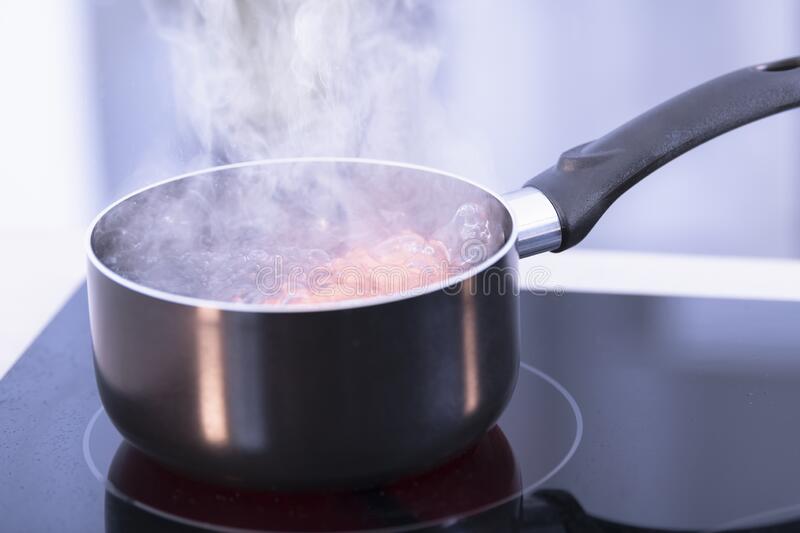
Boiling water is one of the most common methods for purifying it. The time it takes to boil varies from 1 to 10 minutes. It eliminates any bacteria that may have been present in the water when it boils. It lowers your risk of being unwell from drinking it. Remove the water from the heat once boiled, let it cool, and then drink. Remember that boiling won’t get rid of pollutants such as heavy metals, salts, or chemicals.
SOLAR WATER DISINFECTION
The SODIS method kills germs by exposing them to UV radiation over time. You should place filtered water in clear plastic bottles. To raise the temperature, place the bottles on a dark surface in the sun. Allow for six hours of direct sunlight, or two days if the weather is gloomy.
USING CHEMICALS
Most people dislike the idea of using chemicals to filter their water, yet there may be no other option in the worst-case scenario. When working with chemicals, make sure you use them correctly and for short periods. The usual recommendation is no more than three months.
Iodine
Tablets, liquids, and crystalline forms are all available. Pregnant women or people who have thyroid disorders should NOT USE iodine! Long-term use is also not advised. For each quart of water, add five drops of 2% iodine, or ten drops if the water is especially hazy. Allow one hour to stand before consuming.
Bleach
Ensure the bleach you’re using doesn’t contain any additions like fragrances, soap, or phosphates. Bleach has a short shelf life (usually about six months), after which it loses its power and effectiveness. If the water is clear, use 1/8 teaspoon per gallon. Before drinking, please give it a good shake and let it sit for at least an hour. The water should still have a faint chlorine odor. Repeat the method if you can’t smell chlorine after 30 minutes.
Chlorine Dioxide Tablets
It takes around four hours for these tablets to react. When properly stored, they have a four-year shelf life and can improve the taste of water. One tablet purifies one quart of water, but make sure you follow the packaging guidelines to verify you’re using the tablets appropriately.
How To Filter Water: FINAL THOUGHTS
Everyone wants access to safe, pure, delicious water. Water is essential to mankind’s survival, and we don’t want to live without it. Many households might benefit from a home water filter that removes odors, contaminants, lead, and other potentially dangerous substances from their drinking water. Knowing how to filter water, whether utilizing long-term or short-term methods, is crucial for survival.
If you’re looking for water filters, water coolers, reverse osmosis, and everything related to providing you with clean water, Awesome Water Filters is your friend. We provide the best quality water filtration products in the whole of Australia.
Subscribe
Sign up to get the latest on sales, new releases and more …
